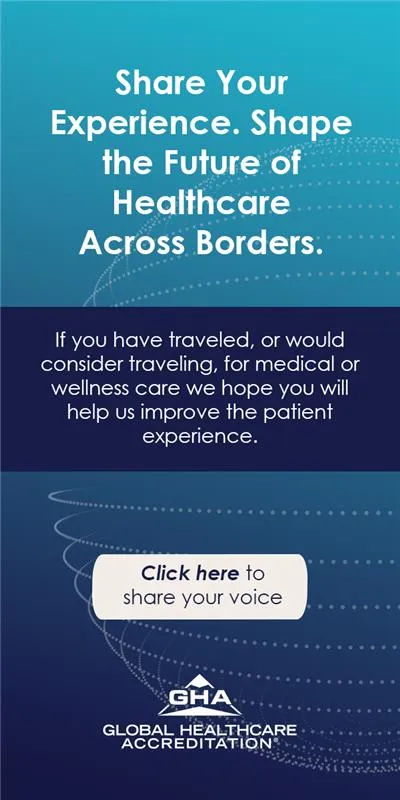In the competitive landscape of medical tourism, efficient revenue cycle management (RCM) is essential for ensuring financial health and operational efficiency. Streamlining RCM processes can significantly impact profitability, patient satisfaction, and overall service quality. This article delves into effective strategies to optimize RCM in medical travel services, focusing on key areas from patient intake to billing and collections.
Understanding Revenue Cycle Management
Revenue Cycle Management encompasses all the administrative and clinical functions that contribute to the capture, management, and collection of patient service revenue. For medical travel services, this involves managing the financial aspects of patient care from the initial contact to post-service follow-up. Efficient RCM helps minimize delays, reduce errors, and improve cash flow, all crucial for maintaining a competitive edge in the medical tourism industry.
Key Strategies to Optimize RCM in Medical Travel Services
Enhance Patient Intake Processes
The revenue cycle begins with patient intake, a critical phase that can set the tone for the entire financial process. Efficient intake procedures involve:
- Pre-authorization and Verification: Ensure that patient insurance and payment information are verified before services are rendered. This reduces the risk of denied claims and payment delays.
- Comprehensive Documentation: Collect all necessary information at the initial point of contact. This includes patient medical history, treatment plans, and insurance details. Proper documentation helps in accurate coding and billing.
Implement Advanced Coding Practices
Accurate coding is vital for proper reimbursement and minimizing claim denials. Strategies to enhance coding practices include:
- Training and Education: Regularly train staff on the latest coding standards and updates. This ensures that codes used for billing are accurate and up-to-date.
- Utilize Coding Software: Invest in advanced coding software that integrates with electronic health records (EHR). These tools can help automate coding and reduce errors.
Optimize Billing Procedures
Efficient billing practices are essential for timely revenue collection. Consider the following approaches:
- Automated Billing Systems: Implement automated billing systems that generate invoices and submit claims electronically. This speeds up the billing process and reduces manual errors.
- Clear Payment Terms: Clearly communicate payment terms and conditions to patients before treatment. This includes outlining the costs, payment plans, and any potential additional charges.
Streamline Claims Management
Managing claims effectively is crucial for maximizing revenue. Key strategies include:
- Monitor Claims Submission: Regularly track and review claims submissions to ensure they are processed correctly and promptly. Address any issues or denials quickly to avoid delays in payment.
- Follow Up on Outstanding Claims: Establish a system for follow-up on unpaid or denied claims. Persistent follow-up can help recover revenue that might otherwise be lost.
Enhance Patient Communication
Clear and effective communication with patients can improve the RCM process. Strategies include:
- Transparent Billing Practices: Provide patients with detailed bills and explanations of charges. Transparency helps in building trust and reducing disputes.
- Patient Support Services: Offer support services to assist patients with billing questions, insurance claims, and payment arrangements. A dedicated support team can improve patient satisfaction and streamline the payment process.
Utilize Data Analytics
Data analytics can provide valuable insights into RCM performance. Implementing data-driven strategies involves:
- Performance Metrics: Track key performance indicators (KPIs) such as days in accounts receivable, claim denial rates, and payment turnaround times. Analyzing these metrics helps identify areas for improvement.
- Predictive Analytics: Use predictive analytics to forecast revenue trends and potential issues. This can help in proactive decision-making and strategy adjustments.
Ensure Compliance and Security
Compliance with regulatory requirements and ensuring data security are critical for maintaining RCM efficiency. Key considerations include:
- Regulatory Compliance: Stay updated with healthcare regulations and billing standards to avoid penalties and legal issues. Ensure that all billing practices adhere to local and international guidelines.
- Data Security: Implement robust security measures to protect patient information and financial data. Compliance with data protection laws is essential for maintaining trust and avoiding costly breaches.
In conclusion, Streamlining revenue cycle management in medical travel services involves a multifaceted approach that includes enhancing patient intake processes, optimizing coding and billing practices, managing claims effectively, improving patient communication, leveraging data analytics, and ensuring compliance and security. By focusing on these strategies, medical travel providers can enhance operational efficiency, improve financial performance, and ultimately offer better services to their patients.
In the evolving landscape of medical tourism, a well-managed revenue cycle is not just a financial necessity but a strategic advantage. Embracing these practices can lead to more efficient operations, improved patient satisfaction, and a stronger competitive position in the global market.
Streamline your accreditation preparation process today with GHA Clinical Education Services.













